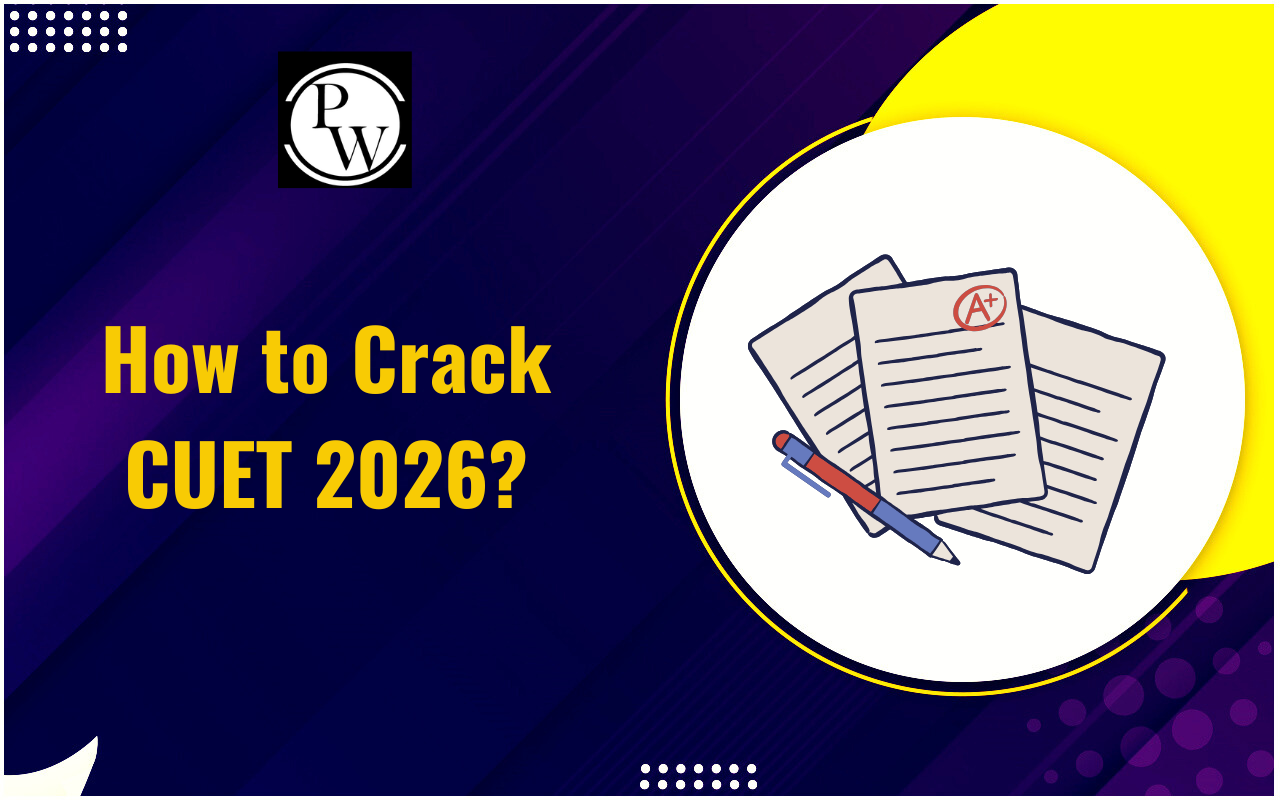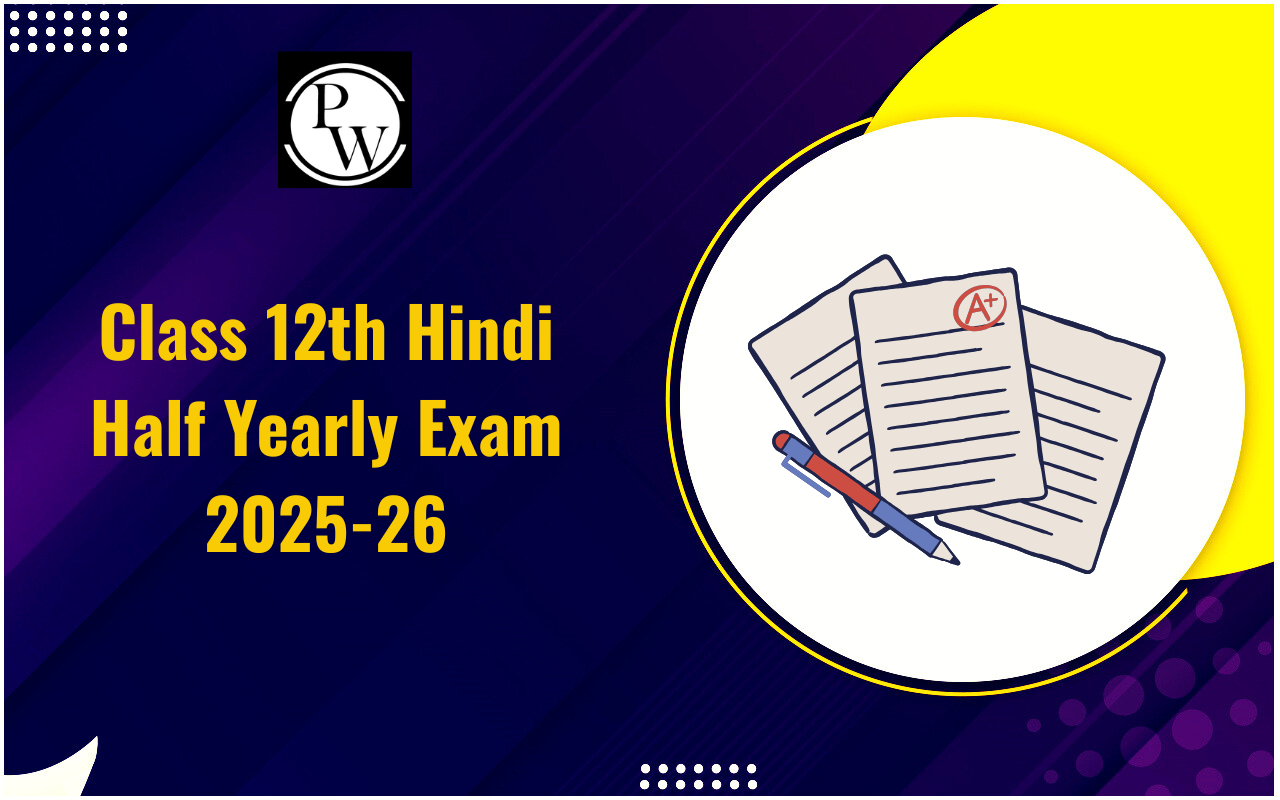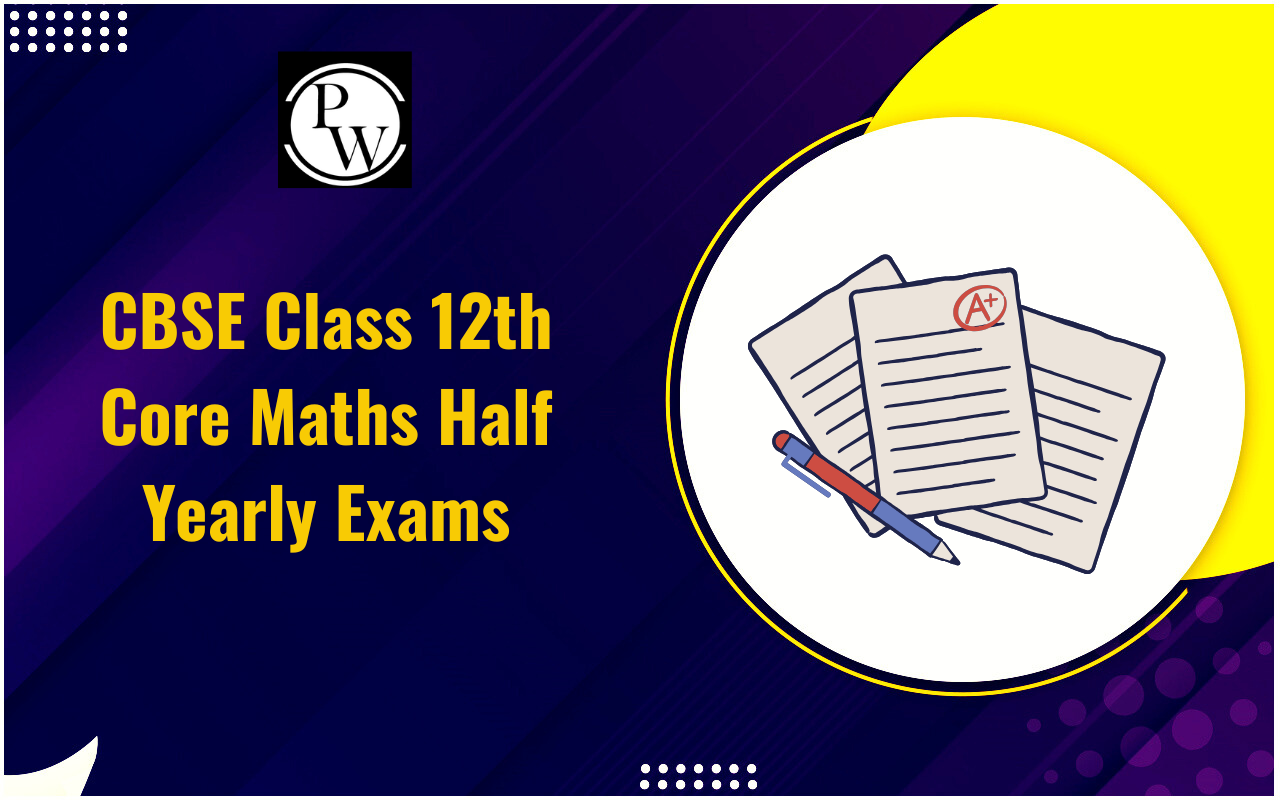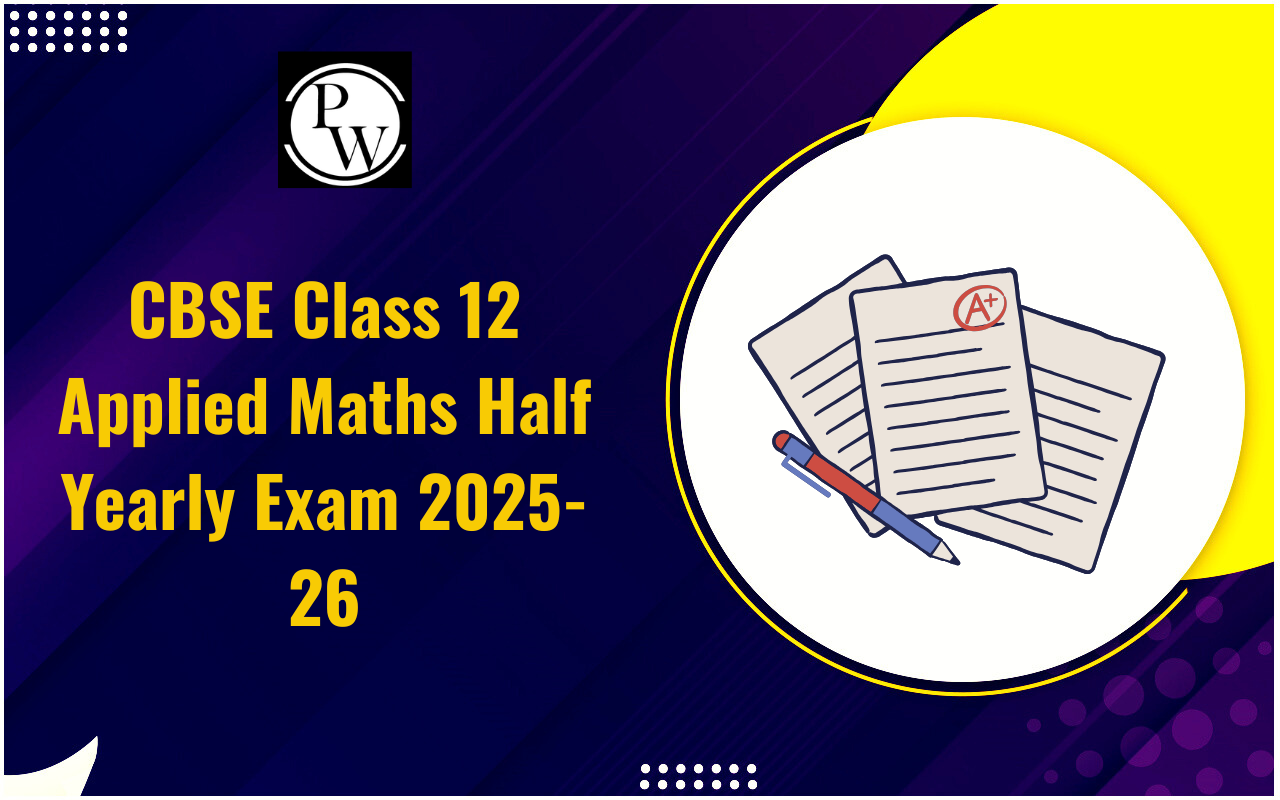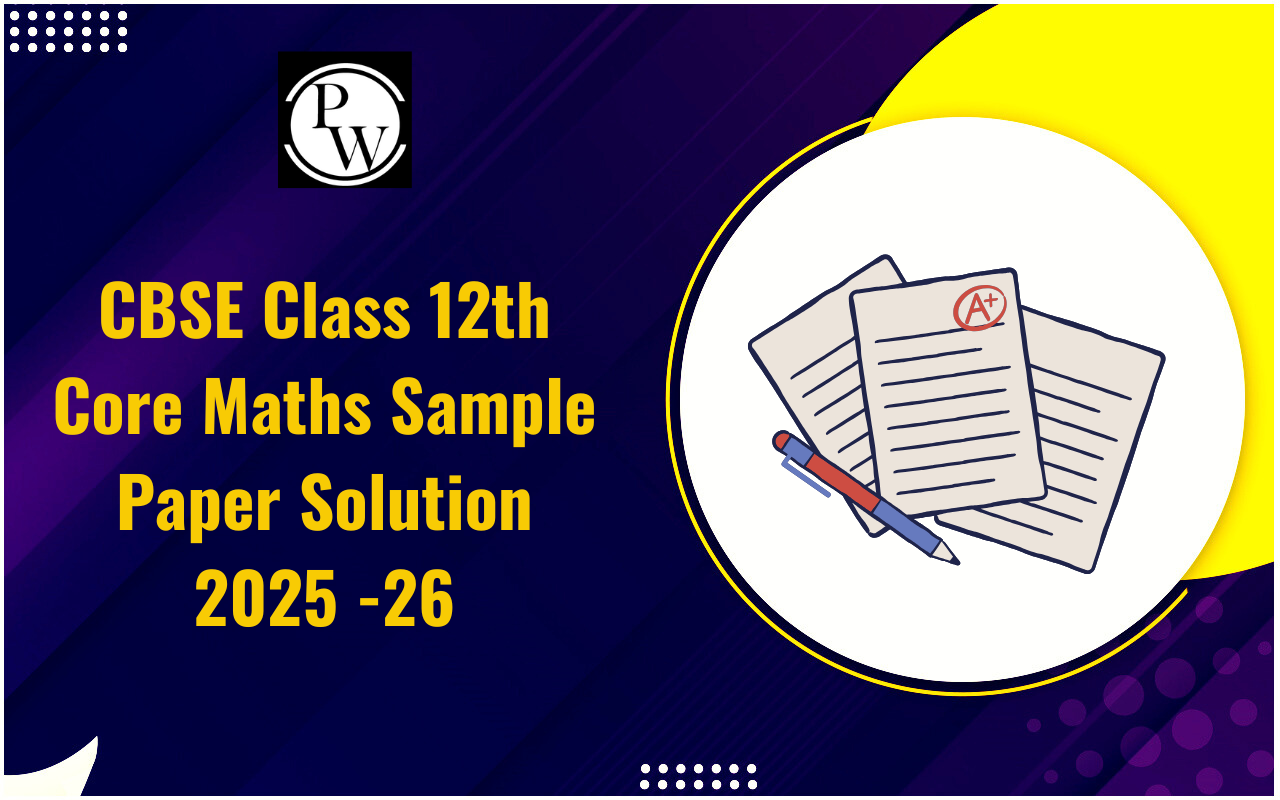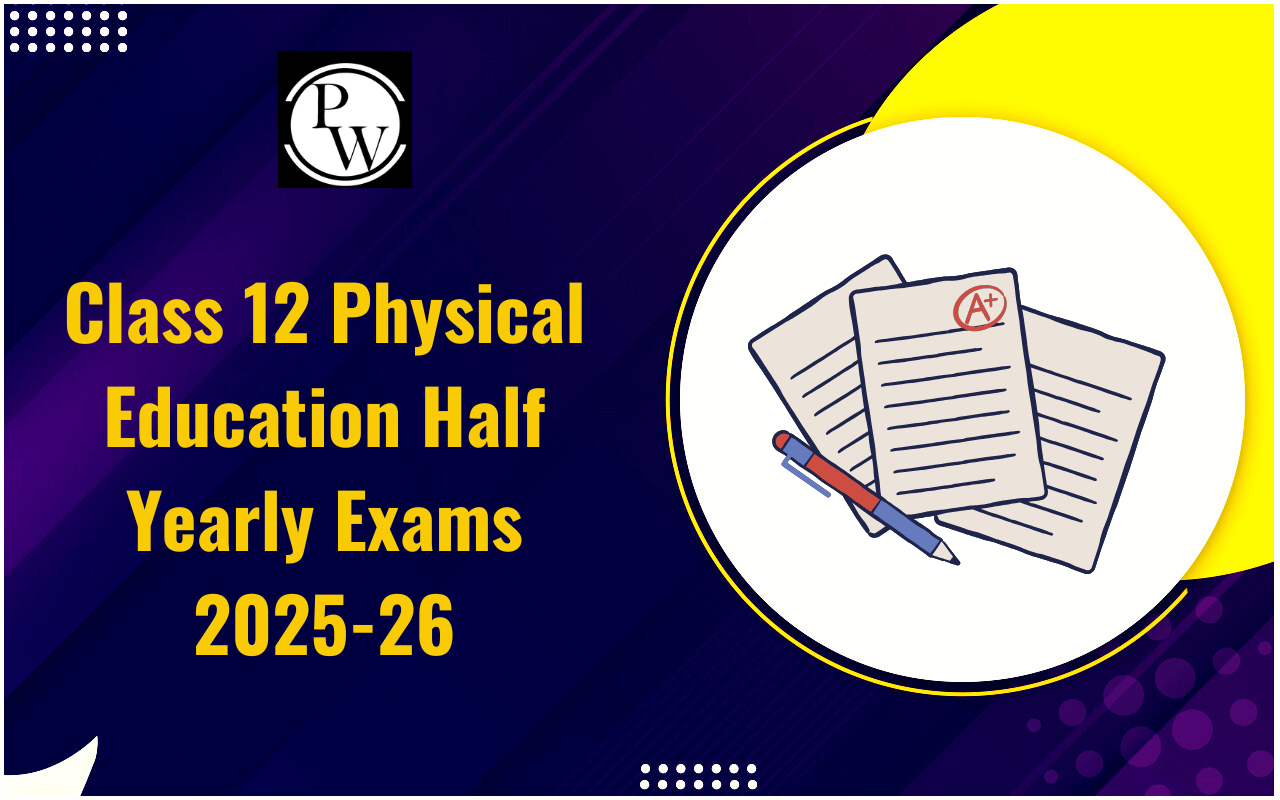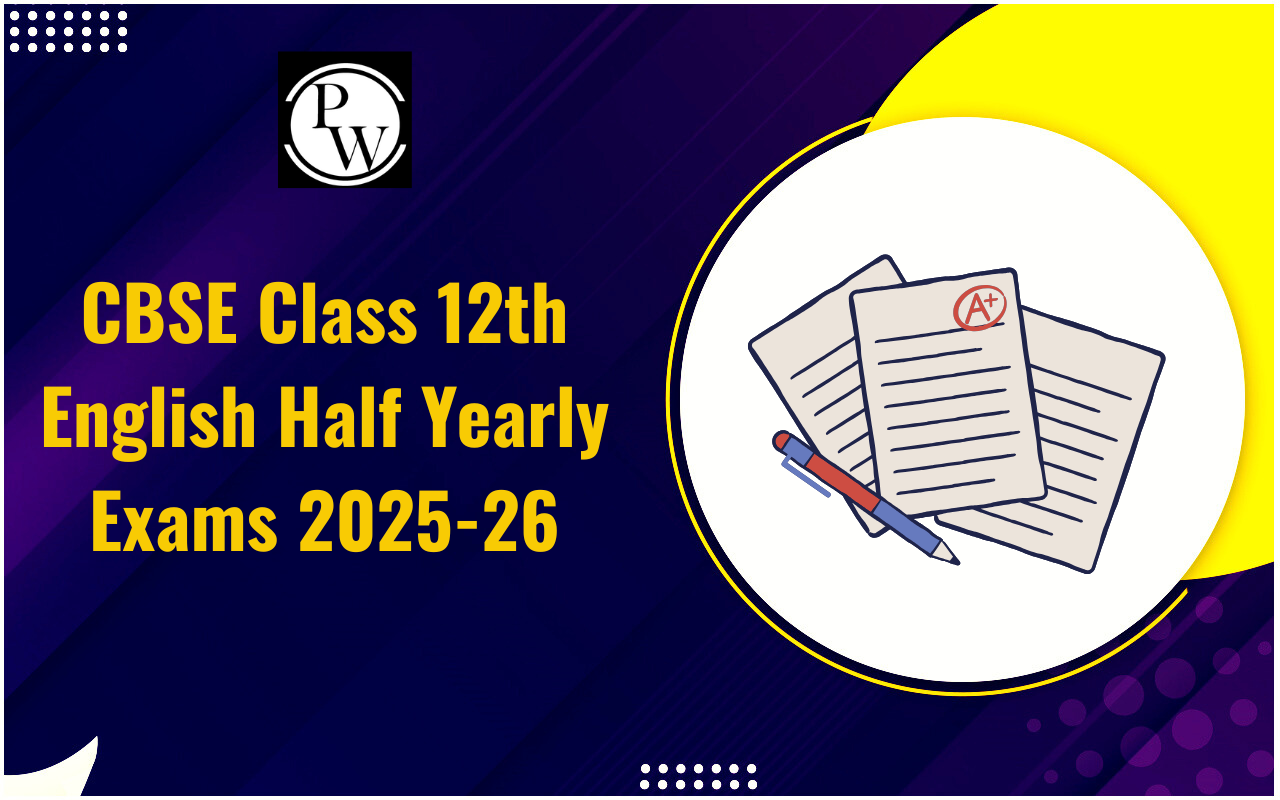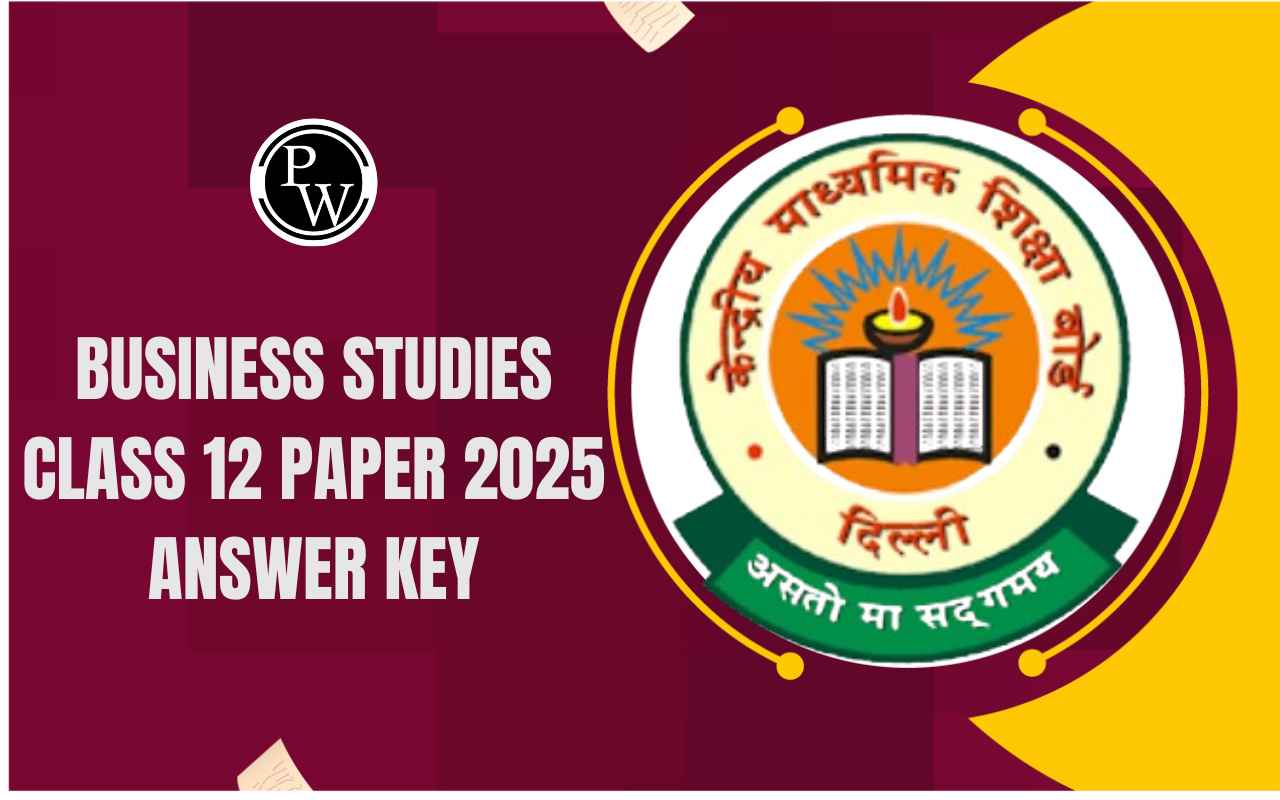
The chapter "Numbers and Quantification Class 12th Applied Maths" holds a significant place in the Class 12 Applied Mathematics curriculum. This topic introduces students to foundational concepts that not only help in board examinations but also assist in solving real-life mathematical problems. Understanding this chapter can help students gain conceptual clarity and enhance their ability to solve numerical problems efficiently. In this blog, we will explore key subtopics, formulas, and practical strategies covered under the chapter Numbers and Quantification Class 12th Applied Maths.
Introduction to Numbers and Quantification Class 12th Applied Maths
Numbers and Quantification Class 12th Applied Maths includes important areas like modular arithmetic, congruence relations, equivalence classes, allegation and mixtures, and repeated dilution. Each of these topics develops logical thinking, sharpens calculation skills, and improves students' problem-solving approach for both theoretical and application-based questions.
Modular Arithmetic in Numbers and Quantification Class 12th Applied Maths
Modular arithmetic, also known as the arithmetic of remainders, is an essential component of the Numbers and Quantification Class 12th Applied Maths syllabus. This technique simplifies computations by working with remainders rather than large numbers. For example, instead of calculating 2^120 directly, students learn to use patterns and properties to find (2^120) mod 5 efficiently.
The fundamental rule of modular arithmetic is:
a mod n = r
Where:
-
a is the dividend
-
n is the divisor
-
r is the remainder
This approach helps reduce large expressions into smaller, manageable computations.
Understanding Congruences and Equivalence Classes
Congruence modulo n is a concept in Numbers and Quantification Class 12th Applied Maths that states two integers are congruent if they leave the same remainder when divided by n. This is denoted as:
a ≡ b (mod n)
Which means:
a - b = kn for some integer k
This concept leads to the formation of equivalence classes—sets of numbers that are congruent to each other under modulo n. These classes are useful in categorizing numbers and simplifying arithmetic operations in number theory.
Algebraic Properties in Modular Arithmetic
In the chapter Numbers and Quantification Class 12th Applied Maths, several algebraic properties help students perform modular operations more efficiently:
-
Addition: If a ≡ b (mod n) and c ≡ d (mod n), then a + c ≡ b + d (mod n)
-
Multiplication: If a ≡ b (mod n), then ac ≡ bc (mod n)
-
Exponentiation: If a ≡ b (mod n), then a^k ≡ b^k (mod n)
These properties simplify complex computations, especially when dealing with large numbers and powers.
Handling Negative Numbers in Modular Arithmetic
A common confusion addressed in Numbers and Quantification Class 12th Applied Maths is how to deal with negative numbers. The key principle is that the remainder should always be non-negative. For instance:
(-19 mod 4) = 1
This is calculated by adjusting the result so that the remainder lies between 0 and n-1. Understanding this rule helps students avoid common mistakes during exams.
Allegation and Mixture Rule in Applied Maths
Allegation and mixture is another practical topic under Numbers and Quantification Class 12th Applied Maths. This rule helps determine the ratio in which two or more ingredients at different costs must be mixed to achieve a mixture of a given cost.
The formula used is:
Ratio = (d - m) / (m - c)
Where:
-
d = cost of dearer ingredient
-
c = cost of cheaper ingredient
-
m = mean cost of the mixture
This rule is particularly useful in solving problems related to blending commodities like rice, milk, alcohol, or other goods in business contexts.
Real-Life Examples and Applications
The strength of Numbers and Quantification Class 12th Applied Maths lies in its practical relevance. Topics like modular arithmetic are used in encryption and coding, while mixture and dilution are applied in industries dealing with chemicals, beverages, and pharmaceuticals. Real-world examples like calculating the ratio of orange juices or mixing lentils enhance student engagement and understanding.
Repeated Dilution
Repeated dilution is a subtopic that demonstrates exponential decrease. It involves removing a fixed quantity of liquid from a container and replacing it with water multiple times. The remaining quantity of the original substance is calculated using:
Remaining Quantity = x × (1 - y/x)^n
Where:
-
x = initial quantity
-
y = quantity removed and replaced
-
n = number of times the process is repeated
Numbers and Quantification Class 12th Applied Maths makes this concept easier through graphical and numerical explanations.
Efficient Problem-Solving Techniques
To score well in board exams, Numbers and Quantification Class 12th Applied Maths encourages students to:
- Write notes by hand
- Attempt questions before watching solutions
- Practice using CBSE sample papers and ML Aggarwal books
- Mark mistakes for future revision
These study habits help improve retention, reduce errors, and boost confidence.
Tips for Smart Calculation Using Modular Arithmetic
Instead of solving large exponents directly, students can find patterns. For instance, to compute (2^120) mod 5, observe the pattern of powers of 2 mod 5. This reduces unnecessary calculations and saves time in exams. The technique is widely covered in the Numbers and Quantification Class 12th Applied Maths chapter.
Importance in Board and Competitive Exams
Numbers and Quantification Class 12th Applied Maths equips students to solve complex problems quickly and accurately. Its principles are applicable in various fields such as business mathematics, finance, engineering, and information technology. Mastering this chapter enhances a student's analytical and logical skills, making it crucial for academic and professional success.
The chapter Numbers and Quantification Class 12th Applied Maths is not just about solving textbook problems; it's about applying mathematical principles in practical scenarios. With a thorough understanding, consistent practice, and the right strategies, students can excel in this topic. This chapter strengthens the mathematical foundation and prepares students for higher studies and real-world challenges.
Whether it's modular arithmetic, congruences, mixture problems, or repeated dilution, every subtopic in Numbers and Quantification Class 12th Applied Maths plays a role in developing mathematical thinking. Embrace the concepts, practice diligently, and let this chapter guide your way to success in Applied Mathematics.
| Related Links | |
| Commerce Class 12 | Class 12 Accountancy |
| Class 12 Commerce Syllabus | Class 12 English |
| Class 12 Business Studies | Class 12 Economics |
| Class 12 Maths | Class 12 Result |
Numbers and Quantification Class 12th Applied Maths FAQs
What is the importance of learning Numbers and Quantification in Class 12th Applied Maths?
How is modular arithmetic used in solving Class 12 Applied Maths problems?
What real-life examples are used in the chapter to explain mixture and dilution problems?

